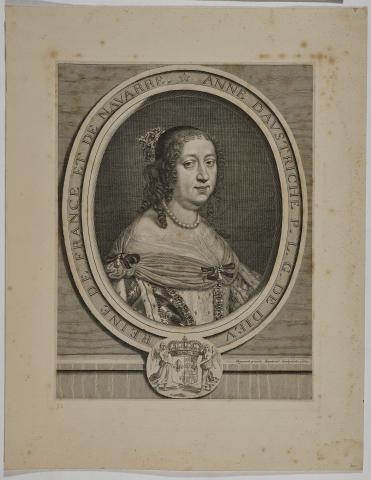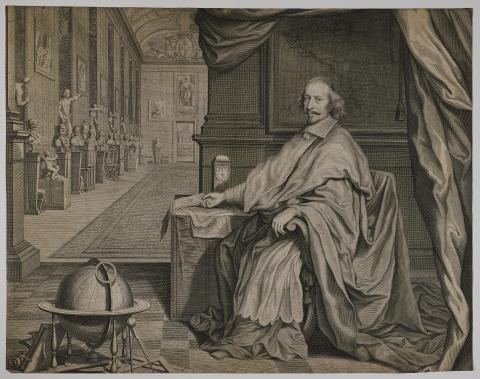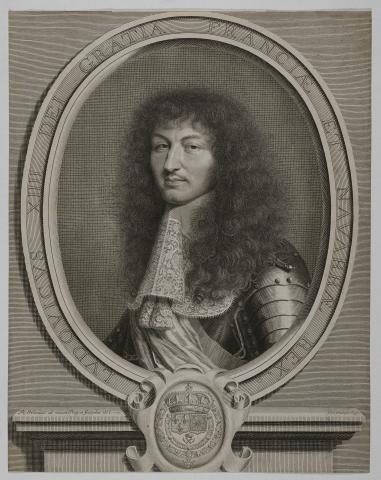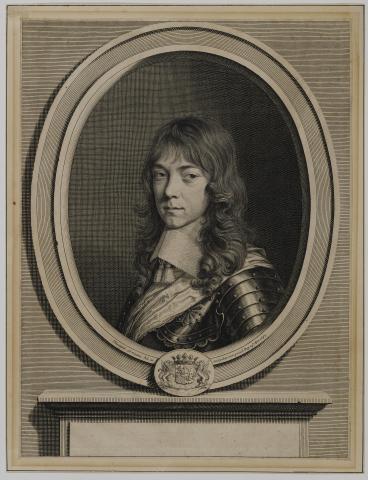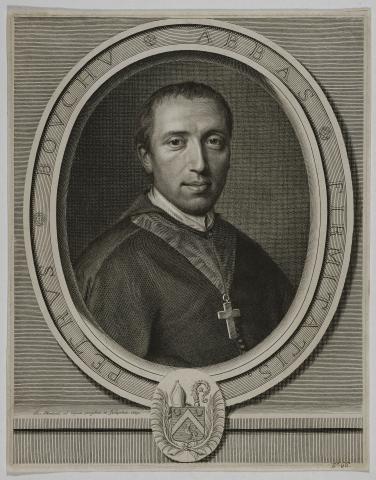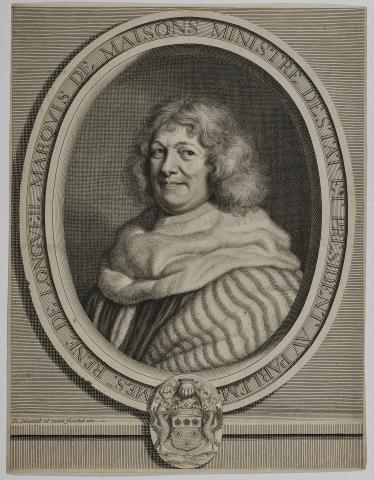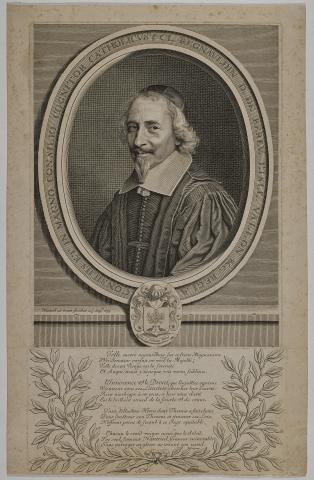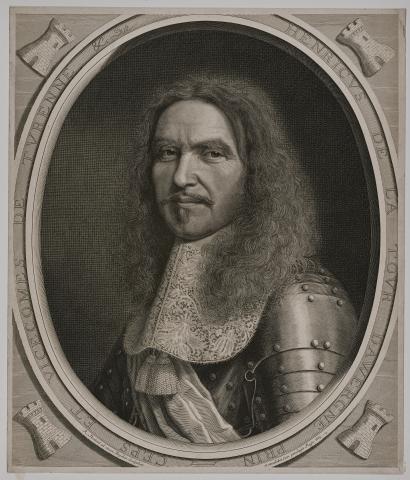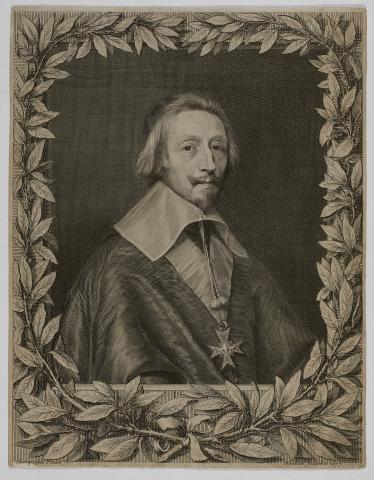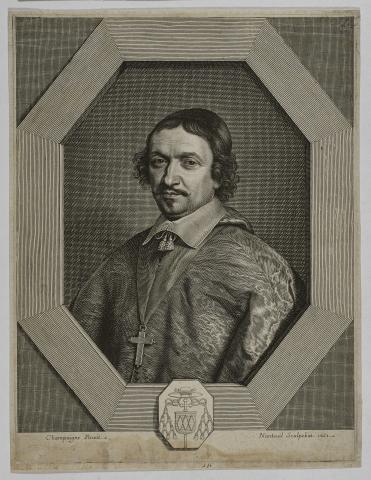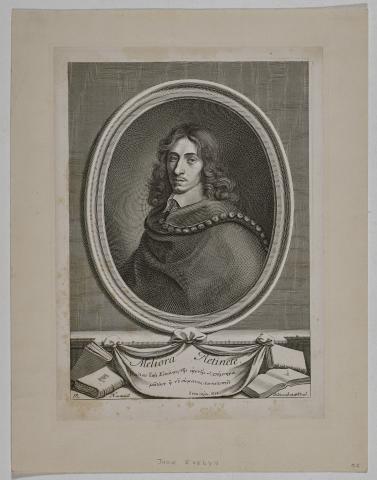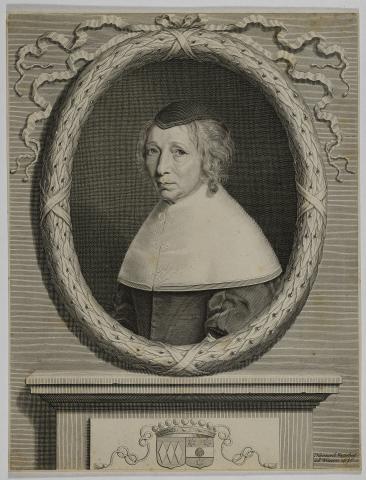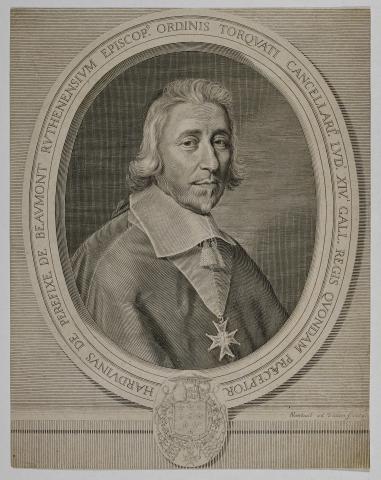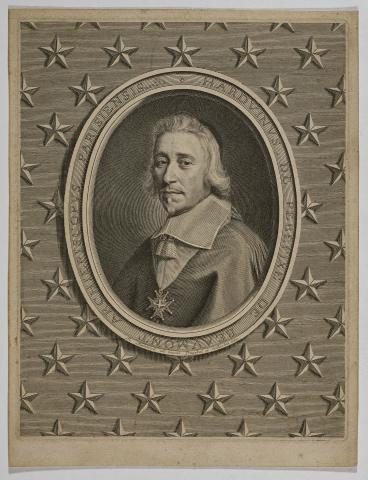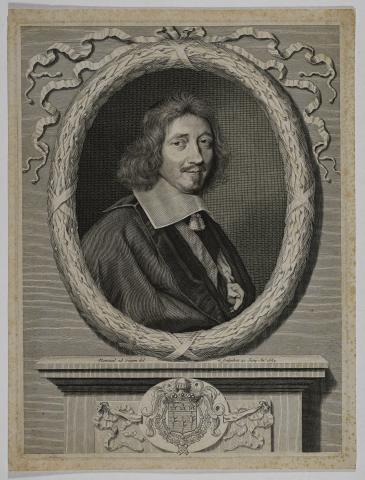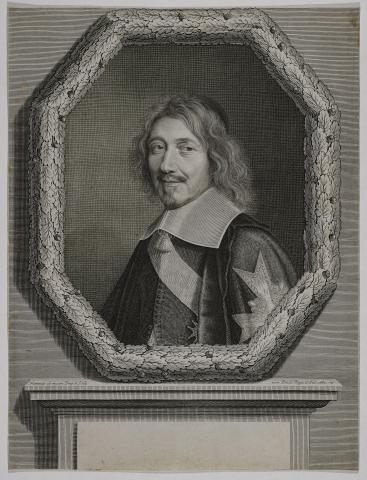Settling in Paris in 1646-47 after training as an engraver in his hometown of Reims, Robert Nanteuil (c. 1623-1678) established himself as a portraitist to the court of Louis XIV, eventually becoming Designer and Engraver to the King. Over the course of his brilliant career, Nanteuil produced more than 230 engravings, the majority of which are portraits of contemporary French dignitaries, including the Queen of France, Anne of Austria, and her son Louis XIV. Most of the portraits that Nanteuil created were originally commissioned by wealthy students to decorate their theses. While many of the sitters are famous, others have faded into historical obscurity. No longer tied to the books and theses they once illustrated, Nanteuil’s engravings now primarily exist as art objects – the material traces of a master engraver and his practice.
In 1947, Helen Brown Keppel (1880-1961) donated a collection of 184 engravings by Robert Nanteuil to Avery Architectural & Fine Arts Library at Columbia University. This collection was assembled by her husband Frederick Paul Keppel (1875-1943), who served as Dean of Columbia College from 1910 to 1918. Keppel acquired his taste for prints and collecting from his father, the print dealer Frederick Keppel. By 1923, Keppel had begun to assemble his collection of Nanteuil’s engraved portraits. While Keppel’s collection of these French portraits seems culturally, geographically and temporally distant from his own 20th-century American reality, his interest in these engravings stemmed primarily from their aesthetic power: Nanteuil’s outstanding mastery of his medium, and his remarkable ability to capture the physical resemblance and psychological presence of his sitters. Sixteen of these prints, in various conditions, have been brought together in this exhibition not only to illuminate Nanteuil’s career, but also to shine a light on the nature of Keppel’s collecting practice.

